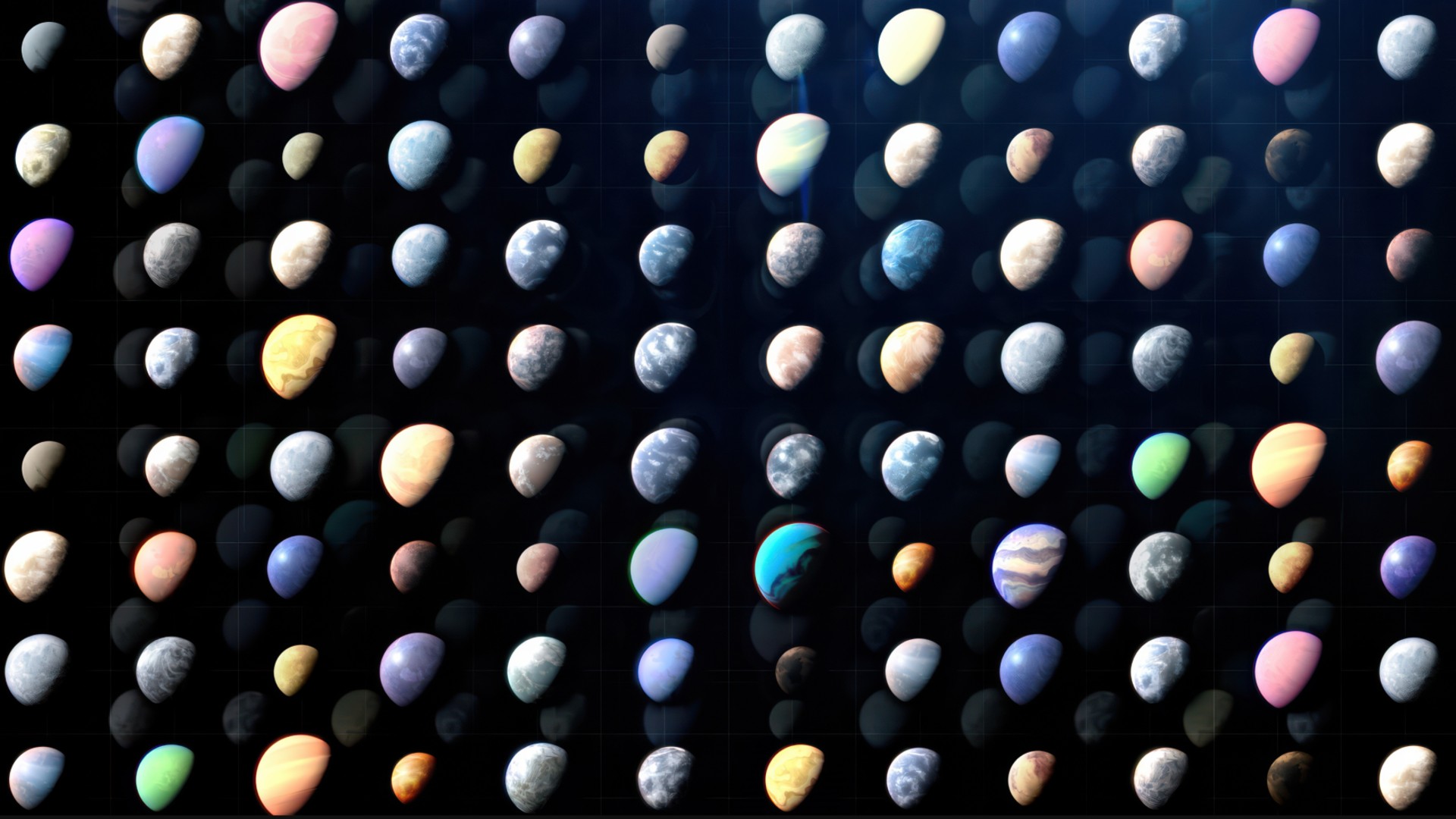Small-satellite launch company Virgin Orbit is going public

Space companies keep going public.
Small-satellite launch outfit Virgin Orbit, part of Richard Branson's Virgin Group, announced on Monday (Aug. 23) that it plans to go public via a merger with a special purpose acquisition company (SPAC) called NextGen Acquisition Corp. II.
The deal values Virgin Orbit at $3.2 billion and will provide up to $483 million in cash proceeds, company representatives said in a statement. Virgin Orbit will retain its name and is expected to trade on the Nasdaq exchange under the ticker symbol "VORB."
In photos: Virgin Orbit's LauncherOne rocket for satellite missions
Virgin Orbit lofts relatively small satellites using a 70-foot-long (21 meters) rocket called LauncherOne, which lifts off under the wing of a carrier aircraft known as Cosmic Girl and drops free after the plane reaches a predetermined location and altitude. This air-launch strategy is shared by the space tourism company Virgin Galactic, which is also part of the Virgin Group.
Virgin Orbit, which was founded in 2017, has aced two missions this year and is gearing up for a third one before the end of the year. The company aims to launch six missions in 2022 and continue ramping up its flight frequency from there.
A number of other high-profile space companies have gone public recently. Virgin Galactic did so in 2019, for example, and Virgin Orbit competitors Astra and Rocket Lab recently announced their own SPAC deals.
Breaking space news, the latest updates on rocket launches, skywatching events and more!
Mike Wall is the author of "Out There" (Grand Central Publishing, 2018; illustrated by Karl Tate), a book about the search for alien life. Follow him on Twitter @michaeldwall. Follow us on Twitter @Spacedotcom or Facebook.

Michael Wall is a Senior Space Writer with Space.com and joined the team in 2010. He primarily covers exoplanets, spaceflight and military space, but has been known to dabble in the space art beat. His book about the search for alien life, "Out There," was published on Nov. 13, 2018. Before becoming a science writer, Michael worked as a herpetologist and wildlife biologist. He has a Ph.D. in evolutionary biology from the University of Sydney, Australia, a bachelor's degree from the University of Arizona, and a graduate certificate in science writing from the University of California, Santa Cruz. To find out what his latest project is, you can follow Michael on Twitter.
